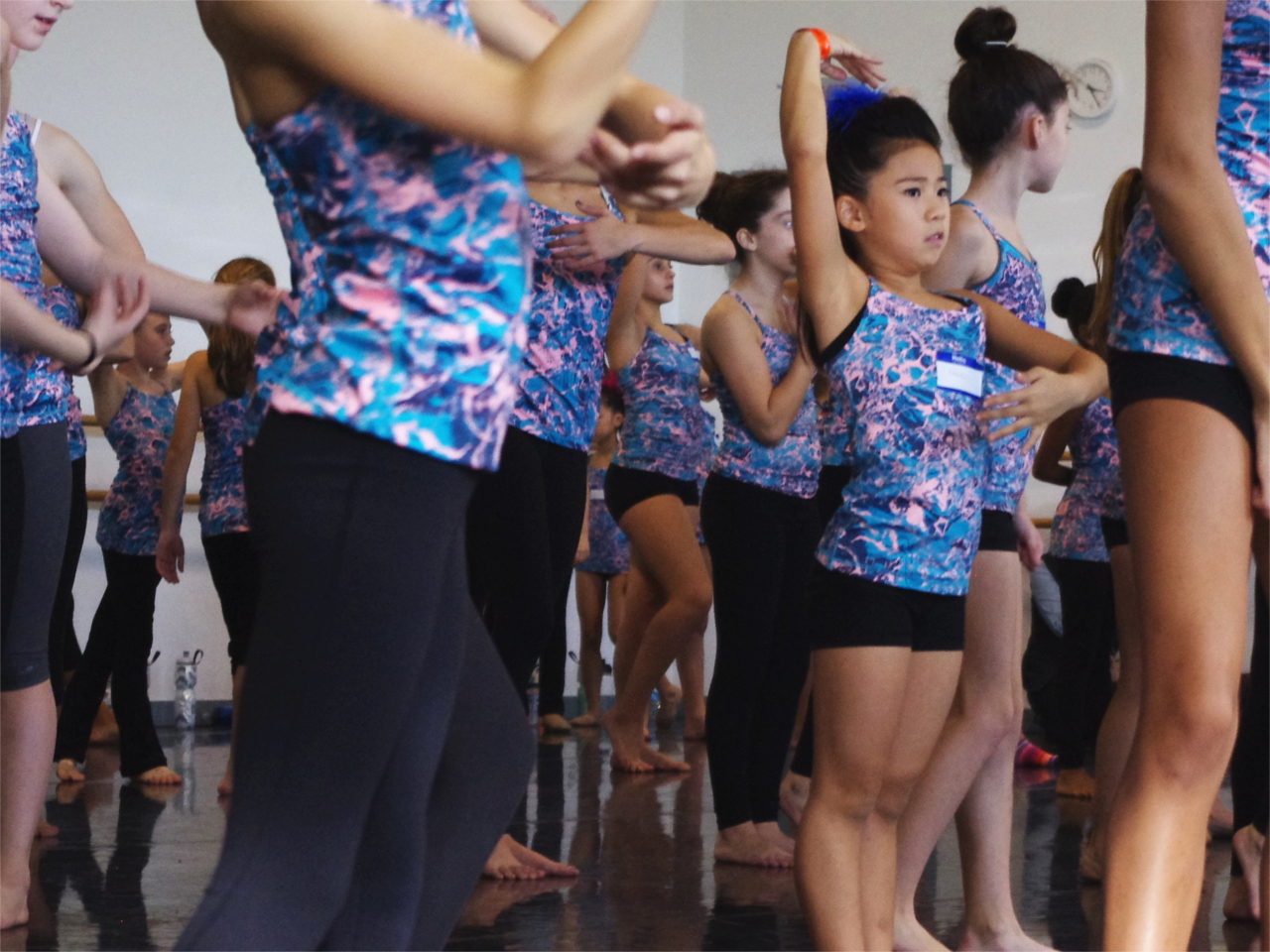8 Ways Learning to Dance Prepared Me For Running a Business
by Debra Giunta
When you're a creative type who starts a business, you tend to feel a bit behind. Whether you’re learning how to manage accounting, hire your team, or build your brand, you can’t help but wonder if a background in business would help things run a bit smoother. This year, as Design Dance enters its 9th year in business, I've come to appreciate the ways that learning to dance has prepared me for the challenges of running a company.
1. Knowing yourself leads to knowing what you want. Dance taught me what I was great at and more importantly, what I wasn't. Over time, I learned to turn my insecurities into opportunities for improvement.
2. When you’re not sure, improvise. Learning to pivot when life throws you a curveball is one of the most valuable skills I’ve utilized as a business owner. Dance taught me how to connect with my instincts immediately and present authentically in the moment.
3. Feeling silly builds resiliency. Sometimes dance meant wearing an embarrassing costume or falling when I meant to be turning. Dance taught me how to recover, laugh at myself, and keep going.
4. True confidence comes from balance. Dance taught me the balance between arrogance and humility. I learned that true confidence comes from taking the time to be proud when my hard work paid off, while knowing that there were always opportunities for improvement.
5. It’s okay to redefine “career”. Being part of an artist community taught me that a career doesn't have to feel like "just a job", but can be a fulfillment of ones dream and passion. My dance teachers were my idols and helped me envision building a career for myself in dance.
6. Be patient with yourself when you’re at the beginning. Dance taught me that it’s okay to feel awkward learning something new. I learned that eventually, muscle memory kicks in and that's when you can begin to make the movement your own.
7. When life feels overwhelming , take a break and get moving. Dance taught me that childhood and teenage (and adult) anxieties are temporary and that releasing physical energy is sometimes all it takes to completely change your outlook.
8. Imagination is the best motivator. Dance taught me to visualize something I did not yet have the skills to execute. I spent most of my life visualizing movement to any song I heard on the radio. I'd imagine dancers I'd never met doing steps I'd never learned. Dance taught me to visualize something greater than my own capacity and use my own imagination as motivation.
As dancers and dance educators, it’s easy to get caught up in the technical details. We want our students to connect to choreography and succeed in reaching their goals. We want them to feel the pride of a great performance and the rush of nailing a difficult skill for the first time. It’s easy to forget that learning to dance leaves students with so much more. They learn to be resilient, empathetic and humbly fearless. Regardless of their performance they build integrity they’ll take with them whether they’re running a rehearsal, a family, or a business.


























